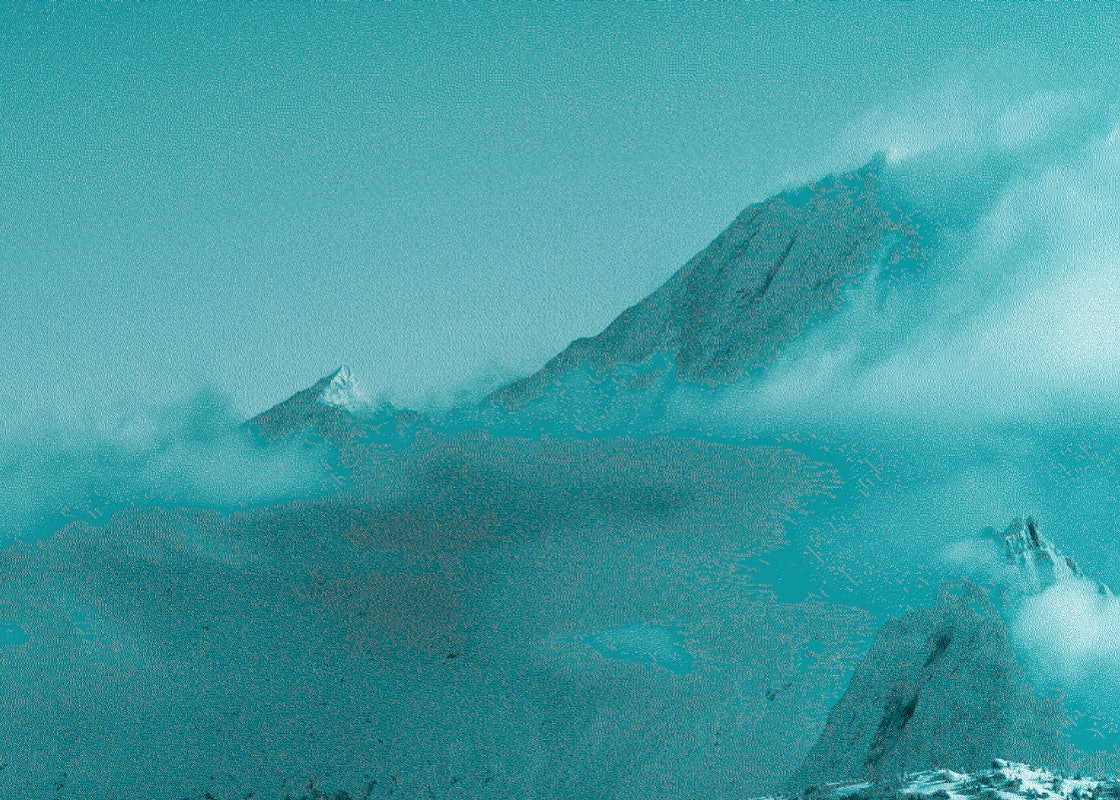
What are those big metal tubes that stick out of the ground?
What are those big metal tubes that stick out of the ground?
The large metal tubes that protrude from the ground, particularly under the Saulire, are called GAZEX. In winter, they're not used to keep marmots warm, but to protect the ski area against avalanche risks... And there are other avalanche protection devices - have you heard of them?
Avalanch prevention
WHAT EXACTLY IS THE AVALANCHE CONTROL RESPONSE PLAN?
In the mountains, it is not unusual for snow to fall in significant amounts! Up to several metres can accrue at a time, or a period of strong winds can cause accumulations of snow in particular places. In the springtime, the snowpack can warm up and become particularly unstable… In short, there are numerous risky situations for skiers and infrastructures.
After an evaluation of the risks and data collected in the field, the director makes the decision on whether or not to initiate the avalanche control response plan in the ski area and at what time: early morning before opening, or during the day (often the case in spring, to avoid refreezing of the snow, and therefore to obtain better results.)
During the 2021-2022 season, the plan was activated around 20 times. In Courchevel, three types of devices are used to secure the slopes:
- Gazex
- Catex
- Manual triggers
The avalanche response plan happens as follows:
5am: first triggers made by GAZEX. 7am: the team arrive and are deployed to different trigger points. 9am: objective to open the main slopes, followed by the others.
INSIGHT: THE DIFFERENT TYPES OF EQUIPMENT
Gazex
Remember those big tubes we were talking about earlier? Well, they use a gas explosion technique (with a mixture of propane and oxygen) which has the advantage that humans are not required to handle the explosives.
This permanent equipment allows the team to secure areas which are difficult to access on skis. They are triggered at a distance by the ski patrol managers.
In Courchevel we have no less than 82 Gazex which can all be set off within 90 minutes. To spot one, take the ‘Marmottes’ chairlift and look below your feet! Can you spot any others around the ski area?
Catex
Catex uses a cable system to transport the explosive, almost like a drag lift: the explosive is attached and then moved along the cable to the area where the avalanche needs to be triggered. The advantage is that there is some choice over the location of the avalanche, as long as the charge is visible. This method is useful particularly on very windy days.
Courchevel’s ski area is equipped with five Catex detonators. You can spot one near the Chanrossa chairlift – see if you can find the four others!
Manual triggers
Last but not least, the team can manually set off controlled avalanches: the charge is placed by the ski patroller in the area to be secured. This is the most precise technique, as a human can choose exactly where the explosive will be most effective.
Ski patrol
The experts
As part of their mission to secure the ski slopes, the ski patrol team take various measures to control the risk of avalanche. Two years after qualifying, they can move on to specialise in different areas:
Snow and meteorological specialist
They take readings and make meteorological and snow observations to create a regular report on the estimation of the avalanche risk, in collaboration with Météo France. It is called the BERA (‘Bulletin d'Estimation du Risk d'Avalanche’).
Munitions specialist
They’re at the origin of those big ‘boom’ sounds heard around resort early in the morning. What are they doing? They are making our ski area safe from avalanches!
Dog handler
That’s right, man’s best friend plays an important role in our job and is a vital resource for the ski patrol! The dog handler, accompanied by their four-legged assistant, endeavors to locate avalanche victims who have been buried under the snow, as quickly as possible. Fanny tells us more about what exactly it means to be an avalanche rescue dog handler.
As part of the Avalanche Control Response Plan (Plan d’Intervention de Déclenchement d’Avalanches or ‘PIDA’), the whole on-duty team on the day is called to action. Though only the munitions team are qualified to handle explosives, the other ski patrollers are there for support and to help with logistics and safeguard security.
Did you know? The job of ski patroller was invented in Courchevel